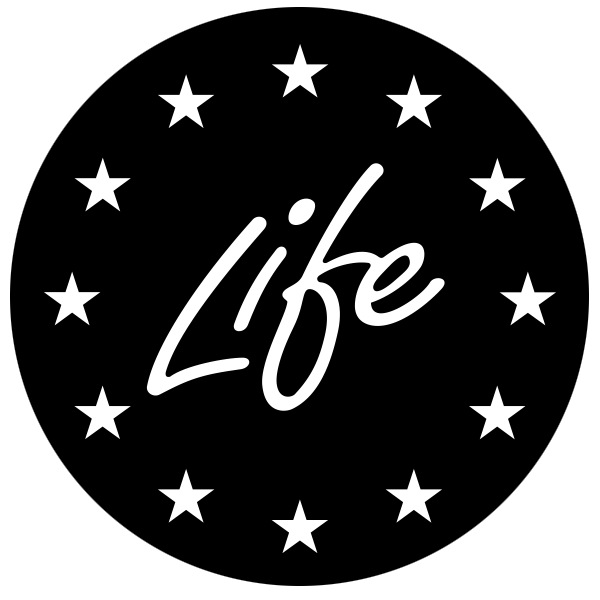About LIFE UrbanAdapt
LIFE Urban Adapt is working on:
- An increased risk of flooding due to intensive rainfall and rising sea water levels.
- Elevated temperatures caused by the urban heat island effect (UHI).
- Damage to flora and fauna on land and in water.
Rotterdam is a forerunner in the field of climate adaptation and in 2001 was the first major European city with an EU-approved climate strategy. The elaboration of this strategy is already visible in several small-scale public locations, such as the water squares.
From 2013, the Rotterdam Adaptation Strategy (RAS) will chart the course along which we will adapt to climate change. Implementation of measures in the city is progressing steadily, but in order to make great strides, climate adaptation must be integrated on a larger scale. This requires commitment not only from the municipality, but also from residents, companies and other social organisations.
News
Keilehaven monitoring plan and zero measurement
January 9, 2023
The new tidal park to be constructed in the Keilehaven is expected to make a positive contribution to the WFD (Water Framework Directive) targets. Long-term monitoring is carried out to get a picture of the ecological quality in the Keilehaven. The baseline measurement was done in 2022. The main species groups monitored are fish and macrofauna, and the…
read more
Keilehaven second phase
January 9, 2023
The second phase of the work at Keilehaven has started. Sand is applied for the tidal steps and (underwater) terraces, creating shallows. This eventually creates a new underwater nature. This phase is expected to be completed in September 2023. After that, the soil has to settle for six months, after which the last phase is carried out, the planting of…
read more
Walking and cycling routes: see for yourself
September 2, 2022
Would you like to take a look at the LIFE projects yourself? For the Europa Festival of the municipality of Rotterdam we have put together a few nice routes to walk or cycle along the projects of LIFE Urban Adapt, LIFE@Urban Roofs and LIFE IP Deltanatuur. With an explanation per project. Doing! LIFE routes – EUfestival22
read more
European LIFE teams visiting
June 15, 2022
On June 9, 2022, we received a visit from the LIFE monitoring teams from Brussels. They were on a working visit to the Netherlands and also visited LIFE Urban Adapt and our sister project LIFE@Urban Roofs. A nice program was put together for the group of 25 international employees. From the Regengarden we walked to Heliport where the tireless…
read more
Project visit LIFE
June 1, 2022
The annual project visit of the European monitor to LIFE Urban Adapt took place on 18 May to see how we spend our European subsidy money. Finally live again after 2 years online! The tour started at Keilehaven in M4H, where a nature-friendly bank is being constructed, with a beautiful presentation by Marit Janse van…
read more
Nassauhaven monitoring completed
February 3, 2022
The Nieuwe Maas crosses the urban area of Rotterdam and is part of the port area. Most banks of the Nieuwe Maas are paved and functionally furnished. As a result, the ecological value of the banks is limited. The municipality of Rotterdam and its partners Rijkswaterstaat and the province of South Holland want to increase the ecological value of…
read more





